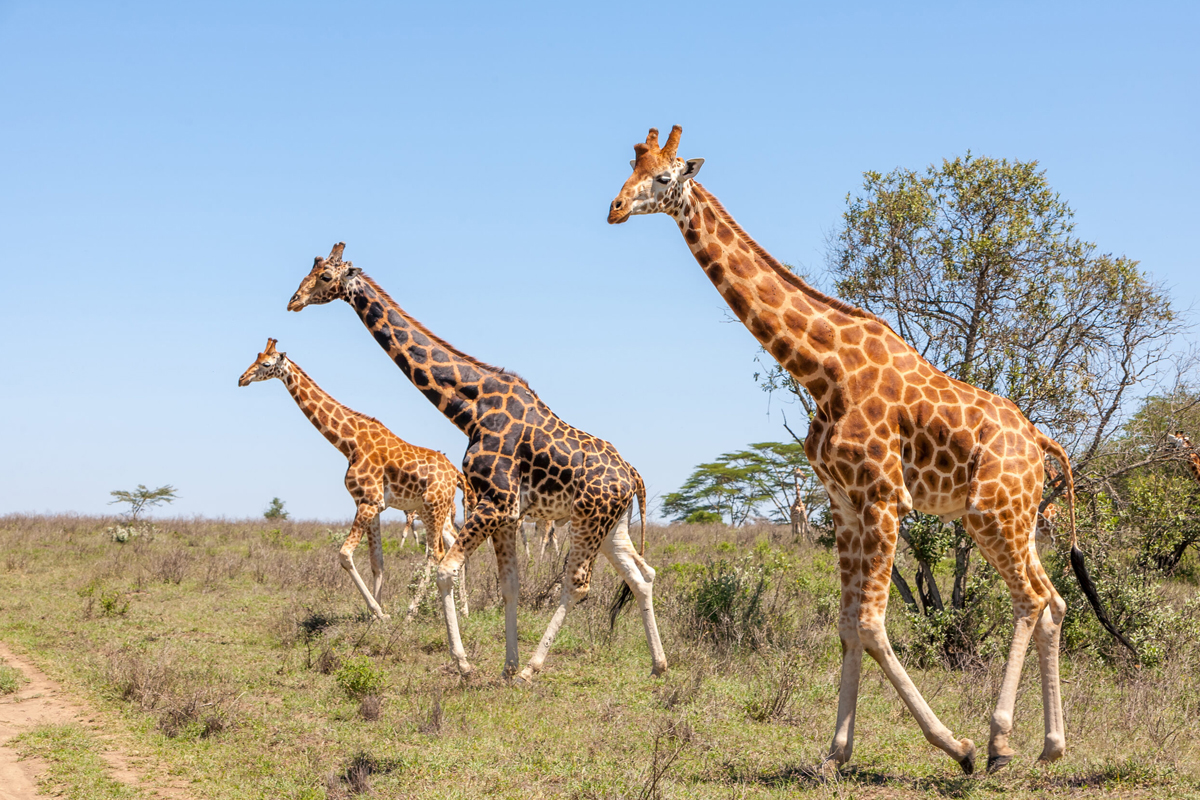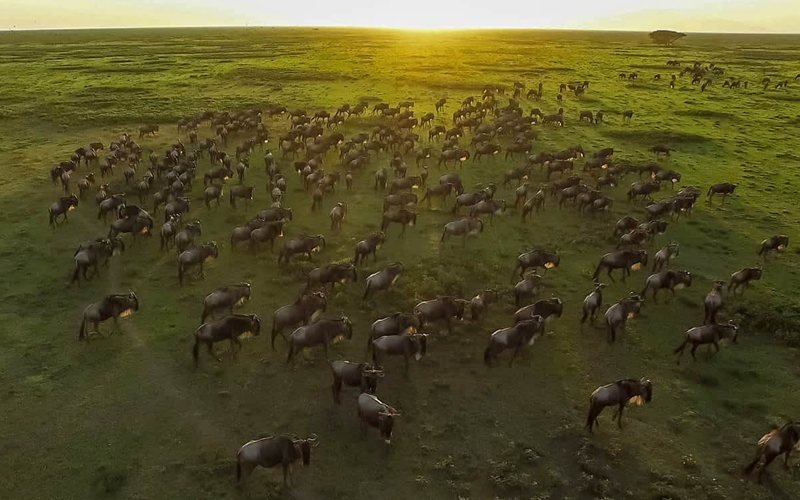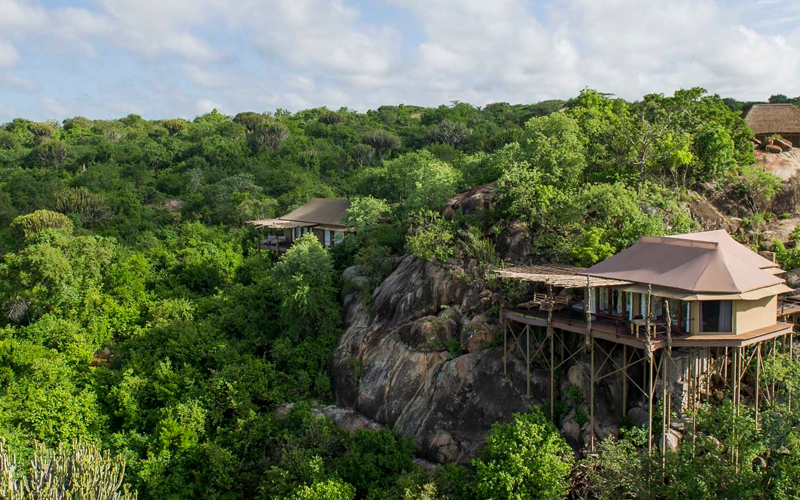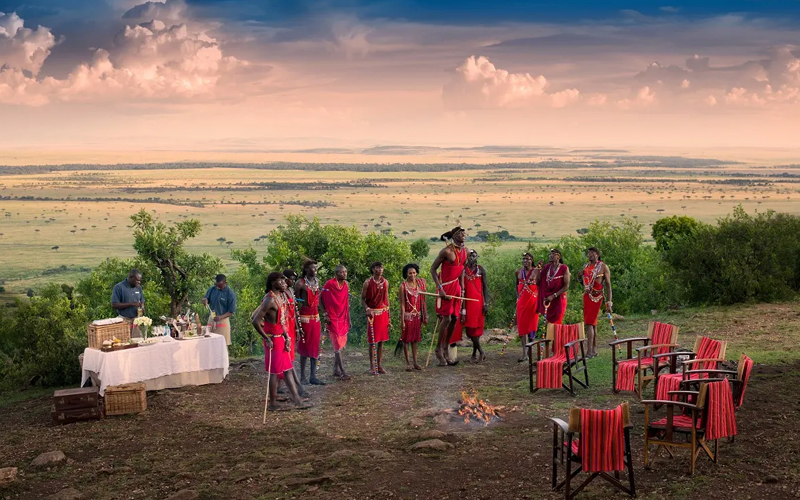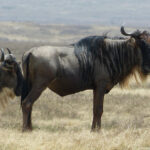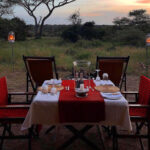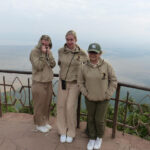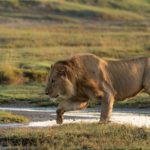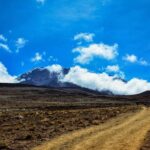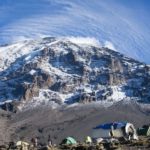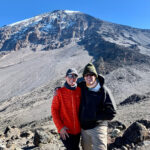Embarking on a safari in the Serengeti is a bucket-list experience for many nature enthusiasts and adventure seekers. Known for its vast landscapes, diverse wildlife, and the iconic Great Migration, the Serengeti offers an unparalleled safari adventure. This article will guide you through what to expect on a Serengeti safari, from the thrilling wildlife encounters to the luxurious lodges and campsites.
The Great Migration
- Nature’s Greatest Show: The Great Migration is one of the most spectacular wildlife events on the planet. Each year, over 1.5 million wildebeest, along with hundreds of thousands of zebras and gazelles, migrate across the Serengeti and the Masai Mara in search of greener pastures. This dramatic journey includes perilous river crossings, where predators like crocodiles lie in wait.
- Best Time to Witness: The migration is a year-round phenomenon, but the most dramatic moments occur from July to September when the herds cross the Mara River. To catch this incredible sight, plan your safari during these months, although the exact timing can vary each year.
Diverse Wildlife
- The Big Five: The Serengeti is home to the legendary Big Five: lions, leopards, elephants, buffaloes, and rhinos. Spotting these majestic creatures in their natural habitat is a highlight of any safari. The central Serengeti, particularly the Seronera Valley, is known for its high concentration of big cats, including lions and leopards.
- Birdwatcher’s Paradise: With over 500 bird species, the Serengeti is also a birdwatcher’s paradise. From the majestic African fish eagle to the colorful lilac-breasted roller, the diversity of avian life is astounding. Bring a good pair of binoculars to fully appreciate the birdlife.
Varied Landscapes
- Endless Plains: The name “Serengeti” means “endless plains” in the Maasai language, and it’s easy to see why. The vast, open grasslands stretch as far as the eye can see, providing a stunning backdrop for wildlife viewing. These plains are particularly picturesque during the wet season when they are lush and green.
- Woodlands and Kopjes: In addition to the plains, the Serengeti features woodlands and granite outcrops known as kopjes. These areas provide shelter and hunting grounds for many animals. The Moru Kopjes, for instance, are a favorite haunt of lions and leopards.
Luxurious Lodges and Campsites
- Luxury Lodges: The Serengeti boasts some of the most luxurious safari lodges in Africa. These lodges offer all the comforts of home, along with spectacular views and exceptional service. Places like the Four Seasons Safari Lodge and Singita Grumeti provide a blend of luxury and wilderness.
- Authentic Campsites: For a more authentic experience, consider staying at one of the mobile tented camps. These camps move with the migration, ensuring you’re always in the heart of the action. Despite their mobility, they offer comfortable accommodations and gourmet meals.
Safari Activities
- Game Drives: Game drives are the cornerstone of any Serengeti safari. Guided by experienced rangers, you’ll explore different areas of the park in specially equipped vehicles. Morning and evening drives are the best times to see wildlife when animals are most active.
- Walking Safaris: For a more immersive experience, try a walking safari. Accompanied by armed guides, you’ll explore the bush on foot, learning about the smaller details of the ecosystem. Walking safaris provide a unique perspective and a deeper connection to the environment.
Cultural Experiences
- Maasai Villages: A visit to a Maasai village offers insight into the traditional lifestyle of one of Africa’s most iconic tribes. You’ll learn about their customs, dances, and crafts, gaining a greater appreciation for their way of life and their relationship with the land.
- Local Markets: Exploring local markets can also be a highlight. These vibrant hubs of activity are perfect for purchasing souvenirs and experiencing the daily life of the local people. Look for handmade jewelry, textiles, and art that reflect the rich cultural heritage of the region.
Health and Safety
- Vaccinations and Medications: Before your trip, ensure you have all necessary vaccinations and medications. Malaria is present in the Serengeti, so taking prophylactics is essential. Consult with a travel health specialist to make sure you’re fully prepared.
- Safety Guidelines: While on safari, always follow the safety guidelines provided by your guide. Stay inside the vehicle during game drives, and never approach or feed the animals. Remember, you’re in their territory, and respecting their space is crucial for your safety and their well-being.
Photography Tips
- Equipment Essentials: A good camera is a must for capturing the Serengeti’s beauty. A DSLR with a zoom lens is ideal for photographing wildlife from a distance. Bring extra batteries and memory cards to ensure you don’t miss any moments.
- Best Times for Photography: The golden hours of early morning and late afternoon offer the best lighting for photography. The soft light enhances the colors and textures of the landscape and animals. Be patient and ready to capture spontaneous moments.
A safari in the Serengeti is more than just a vacation; it’s an adventure that connects you with nature in a profound way. From the awe-inspiring Great Migration to the intimate moments with wildlife, every day brings new experiences and unforgettable memories. Whether you choose the luxury of a high-end lodge or the authenticity of a mobile camp, the Serengeti promises a journey like no other.
FAQs
1. What is the best time of year to visit the Serengeti?
The best time to visit depends on what you want to see. For the Great Migration, aim for July to September. For lush landscapes and baby animals, visit during the wet season from November to April.
2. How long should I spend on a Serengeti safari?
A minimum of three to four days is recommended to fully experience the Serengeti. This allows enough time for multiple game drives and to explore different areas of the park.
3. What should I pack for a Serengeti safari?
Pack light, breathable clothing in neutral colors, a good pair of binoculars, sunscreen, a hat, insect repellent, and a quality camera. Don’t forget any necessary medications and a reusable water bottle.
4. Are safaris in the Serengeti safe?
Yes, safaris in the Serengeti are generally safe when conducted by reputable tour operators. Always follow the guidance of your safari guide and respect wildlife from a safe distance.
5. Can I combine a Serengeti safari with other destinations?
Absolutely! Many travelers combine a Serengeti safari with visits to other Tanzanian highlights like the Ngorongoro Crater, Tarangire National Park, and Zanzibar. This provides a well-rounded experience of Tanzania’s natural and cultural treasures.
For a romantic and luxurious Tanzanian getaway, explore the following topics on our page:
- Tanzania Honeymoon Safari
- Tanzania Luxury Holiday
- Tanzania Travel
- Safari Packing Gear List
- Safety Guidelines
Visit our page for comprehensive information and tips to ensure a perfect and safe adventure in Tanzania.

